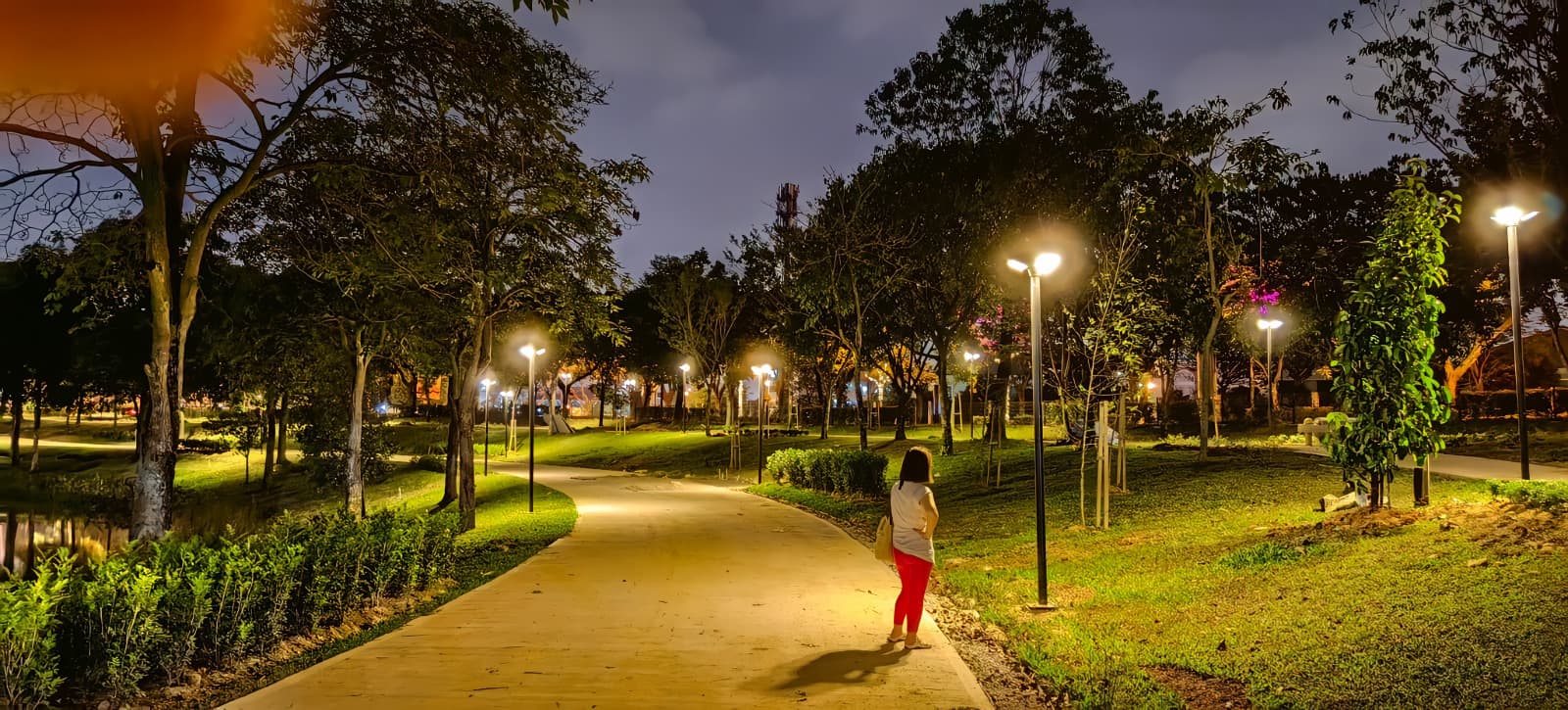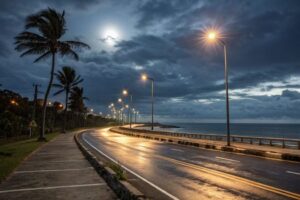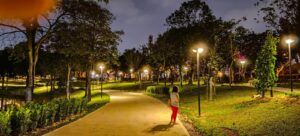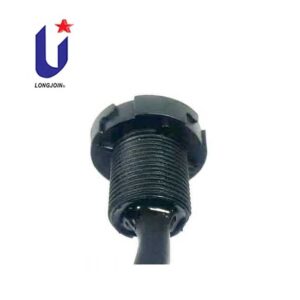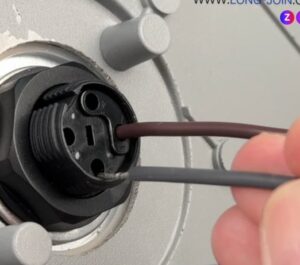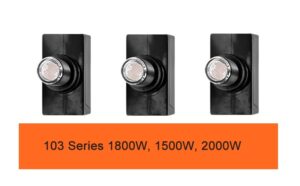Smart Street Lighting for Safer Cities: How Long-Join Photocells Power the Future of Urban Safety
導入
Cities are changing fast today. Our streetlights are changing fast too. Back then, people had one goal. They just wanted the lights to be super bright. Today, it focuses on safety, data, and smarter control. Research from New York and Philadelphia shows that switching to modern LED and connected lighting can reduce nighttime outdoor crime by 15–36%.
This article explores how Long-Join photocells and intelligent lighting solutions help cities protect their people while saving energy. Each section below is a question in clear, simple language. It is fully explained with tables and real examples.
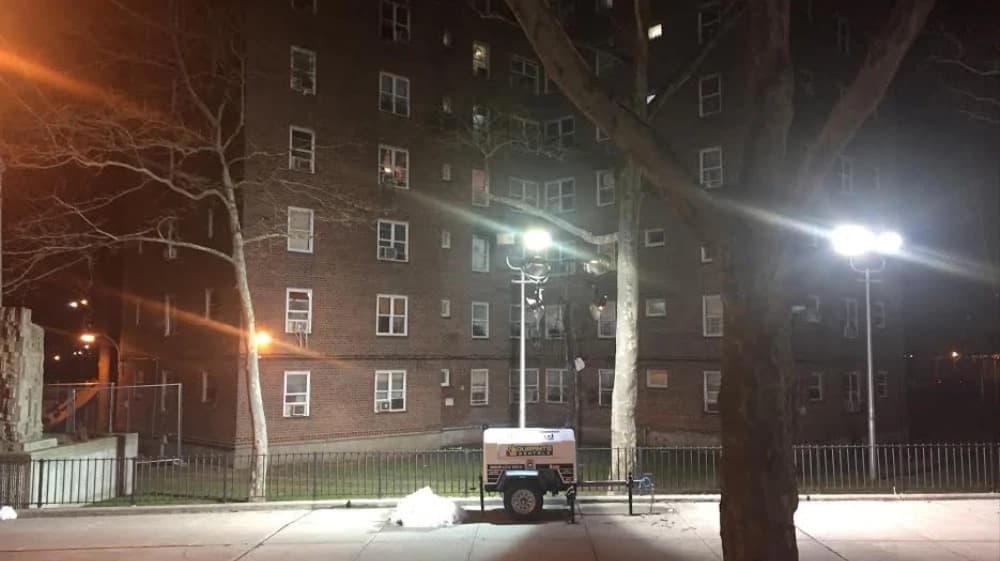
Why Does Lighting Matter So Much for Public Safety?
Many people think streetlights only help us see at night. But good lighting also protects people. Without enough light, drivers struggle to see pedestrians, small streets feel unsafe, and crime becomes harder to track.
Better street lighting creates:
- Safer roads
- Stronger community confidence
- Cleaner visibility for video surveillance
- Faster emergency response times
Studies in many U.S. cities show this. When lights stay bright and steady, crime goes down. When it becomes smarter—using tools like a photocell sensor or photoelectric sensor—it does even more.
How Lighting Improves Safety
A smart photocell doesn’t just turn lights on and off. It helps each streetlight behave like a mini safety device. This supports both daily life and citywide emergency response.
Safety Factor | How Lighting Helps | 結果 |
Visibility | Brighter roads, clearer sidewalks | Fewer accidents and safer walking |
Detection | Supports LPR, CCTV, and AI platforms | Faster response to incidents |
Prevention | Well-lit areas reduce hiding spots | Crime drops significantly |
Alerts | Smart lights react to events | Higher chances of early detection |
Light is no longer just brightness—it is a tool for protection.
What Role Does Long-Join Play in Modern Smart Street Lighting?
Long-Join has been a top manufacturers photocell provider for more than 20 years. In the U.S., the company holds over 50% market share in outdoor photocontrols. Its work began with basic dusk-to-dawn photocells and has now expanded into NB-IoT そして ZigBee-based controllers.
Long-Join’s products support:
- Safer cities
- エネルギー料金の削減
- Faster maintenance
- Automated lighting schedules
Data-driven city planning
Internal Support and Reliability
Long-Join solutions are designed with strong protection features, including IP65–IP67 waterproofing and long service life. Many of their products, such as the photocontrol receptacle or NB-IoT controllers, are used in major American lighting upgrades.
For example, many municipalities use the JL-240, JL-207、 そして JL-217 series photocells because they offer:
- Accurate light sensing
- Stable switching under extreme weather
- Compatibility with NEMA and Zhaga sockets
- Real-time reporting and remote updates
You can explore these solutions on Long-Join’s site
How Do Smart Photocells Enhance Public Safety?
A photocell for street light is no longer a simple sensor. When combined with smart city software, it becomes a safety tool.
Long-Join photocells work with city safety platforms such as UbiHub®. When a city event occurs—like a protest, road accident, or police operation—lights can brighten instantly.
Ways Long-Join Photocells Improve Safety
- Emergency Lighting Boost:Lights can increase brightness when alarms trigger.
- Crime Prevention:Uniform brightness reduces dark corners criminals use.
- Live Monitoring:The photocell reports lamp failures before anyone notices.
- Power Stability:Prevents sudden outages that may endanger communities.
- Support for AI Cameras: Better light improves face and plate recognition at night.
Table: Safety Impact of Smart Photocells
特徴 | 利点 | Real City Impact |
Adaptive brightness | Responds to events | Faster emergency visibility |
障害報告 | No downtime | High reliability for busy roads |
Light bridging | Connects to safety systems | Better tracking for police |
Data support | Usage patterns | Helps city planners improve safety coverage |
Lighting becomes part of the city’s emergency ecosystem.
How Do Photocells Connect With AI and LPR Systems?
Modern cities use digital tools like:
- AI video processing
- License plate recognition(LPR)
- Edge computing
- Smart traffic monitoring
- Environmental sensors
These systems need clear lighting to detect details. Long-Join photocells make that possible by keeping lighting stable and by adjusting output based on conditions.
How the Connection Works
- The photocell sensorreads light levels.
- The street light controller adjusts brightness.
- AI systems get stable, clear visibility.
- Sensors send data to city dashboards.
- Safety teams respond faster.
For example, in an emergency, the police can brighten an area through remote lighting control, even from a centralized command room.
This creates a “smart safety network,” not just a lighting system.

Why Are Long-Join Photocells Trusted in Extreme Environments?
A major challenge cities face is unpredictable weather. Rain, snow, heat, frost, and dust affect lighting systems. Long-Join photocells are designed for environments ranging from harsh deserts to cold northern states.
Key Strengths
- High UV resistance
- Strong waterproofing
- Sealed design to stop dust and insects
- Robust surge protection
- Accurate switching even at extreme temperatures
Below is a table that shows how Long-Join’s reliability compares with common market standards.
Table: Environmental Durability Comparison
特徴 | 標準光電セル | Long-Join Photocells |
Waterproof rating | IP54–IP65 | IP65~IP67 |
サージ保護 | Basic | Enhanced multi-level |
UV stability | 適度 | 高い |
Temperature tolerance | -20°C to 55°C | -40℃~70℃ |
Pest-resistant design | Not always | はい |
This strength explains why many city planners choose Long-Join for smart lighting deployments.
How Do Smart Photocells Support Small, Medium, and Large Cities Differently?
Every city has different needs. Long-Join photocontrols scale well for all cases.
Large Cities
- Need NB-IoT systems
- Require centralized dashboards
- Want long-term energy and safety data
- Use photocontrols with smarter analytics
Large Cities
- Need flexibility without heavy spending
- Use hybrid solutions: some smart, some basic
- Deploy photocells gradually across districts
Small Towns
- Need affordable dusk-to-dawn systems
- Want easy installation
- Prefer cloud-based monitoring
Here’s a simple table:
City Size | Lighting Style | ベストフィット |
Large | Fully connected smart grid | NB-IoT photocontrols |
中くらい | Mixed smart + standard | Adaptive photocells |
Small | Basic photocontrols | Dusk-to-dawn sensors |
With simple wiring and wide compatibility, Long-Join solutions fit all three.
How Is Long-Join Helping Shape the Future of Smart Lighting in the United States?
Long-Join continues to invest in:
- NB-IoT research
- Cloud platforms
- Surge-protected photocontrols
- Zhaga and NEMA socket innovations
- Outdoor lighting safety design
- Environmental sustainability
Their next-generation photocontrol models focus on:
- Better heat dissipation
- Faster response to safety incidents
- Expanded integration with AI
- Stronger anti-surge circuits
- More accurate light detection
- Greater compatibility with remote platforms
This makes Long-Join not only a manufacturer but a long-term partner for American cities.
結論
Smart lighting is not just for switching lights on and off. It also helps protect people. Long-Join uses スマート光電池センサー, strong designs, and NB-IoT links. These tools help cities:
- Lower crime
- Improve visibility
- Respond faster to danger
- Cut energy waste
- Build sustainable, smart communities
From large metro areas to small towns, Long-Join photocells continue lighting the path toward safer streets and a more connected future.
外部リンク:
●https://philaenergy.org/study-finds-citywide-streetlight-replacement-project-achieves-21-reduction-in-gun-violence/
●https://en.wikipedia.org/wiki/Narrowband_IoT
●https://ja.wikipedia.org/wiki/Zigbee
●https://ubihub.thesgc.org/
●https://en.wikipedia.org/wiki/Automatic_number-plate_recognition

